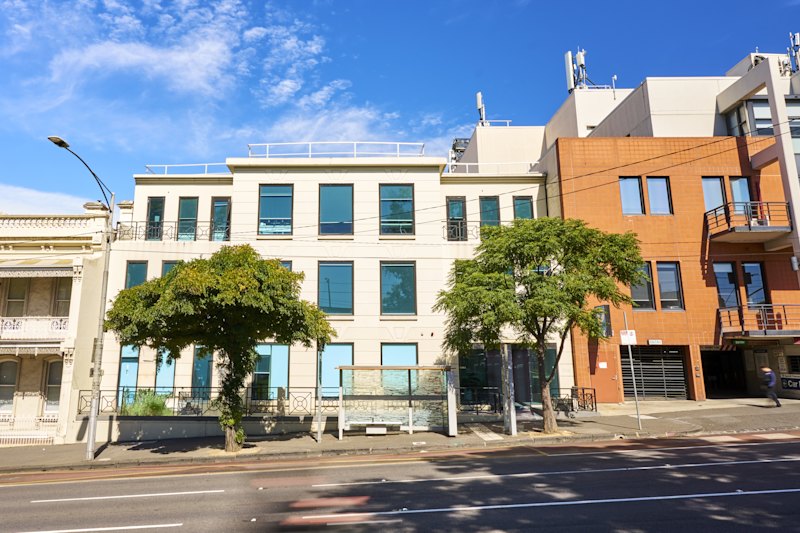Lonely Planet's third city Canberra also a leader in property
After being ranked as Lonely Planet’s third hottest destination in 2018, Canberra has been making waves across the tourism world.
The Nation’s Capital was the only Australian city to make the list and its lead over Sydney and Melbourne is continued in the property world.
Last quarter, Canberra produced the second-best performance out of the major Australian cities.
This looks set to continue with the McGrath 2018 Report predicting Canberra to be one of only two Australian capital cities with any apartment price growth by 2020.
Morris Property Group (MPG) director Barry Morris attributes Canberra’s property boom to its lifestyle.
“Canberra is experiencing a population growth of between 1 and 2 per cent and that looks like it is set to continue for at least the next two to three years,” said Morris.
“For lifestyle pace it’s a good alternative to work and raise a family.”
MPG is currently developing a number of apartment blocks within the city centre, including Park Avenue which recently sold more than $40.6 million worth of property in just a couple of hours.
This came as no surprise to Morris.
“We were pleased with the results but we weren’t surprised because we know we have a very good location,” he said.
Canberra’s market is also attractive for investors, due to price and low vacancy rates.
“Obviously Canberra has an attraction to investors coming outside of Canberra because our property prices are significantly less than Melbourne and with that population growth it gives you demand,” said Morris.
The vacancy rate in the Nation’s Capital consistently hovers around 1 per cent and while this is good news for investors, for tenants it’s a whole other story.
Allhomes property expert Dr Nicola Powell fears Canberra’s ascension to a tourist hotspot could lead to more short-term rentals, tightening the already sparse rental market.
“For tenants, we are continually seeing rents rise and so it’s a very tight rental market particularly with low vacancy rates,” said Dr Powell.
“If we start to see investors sway towards that short-term rental accommodation rather than that long-term rental release, what we will see is an even smaller pool of rental stock which will tighten the market even further.”
We recommend
We thought you might like
States
Capital Cities
Capital Cities - Rentals
Popular Areas
Allhomes
More







